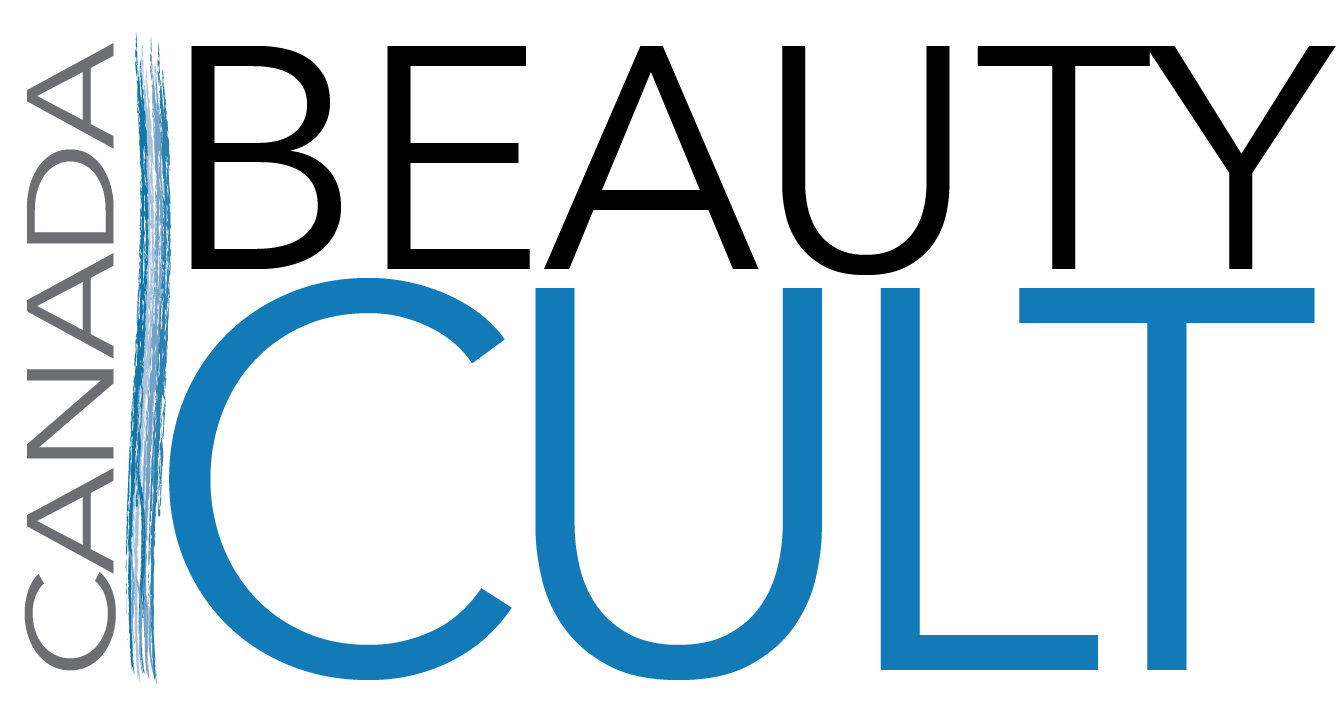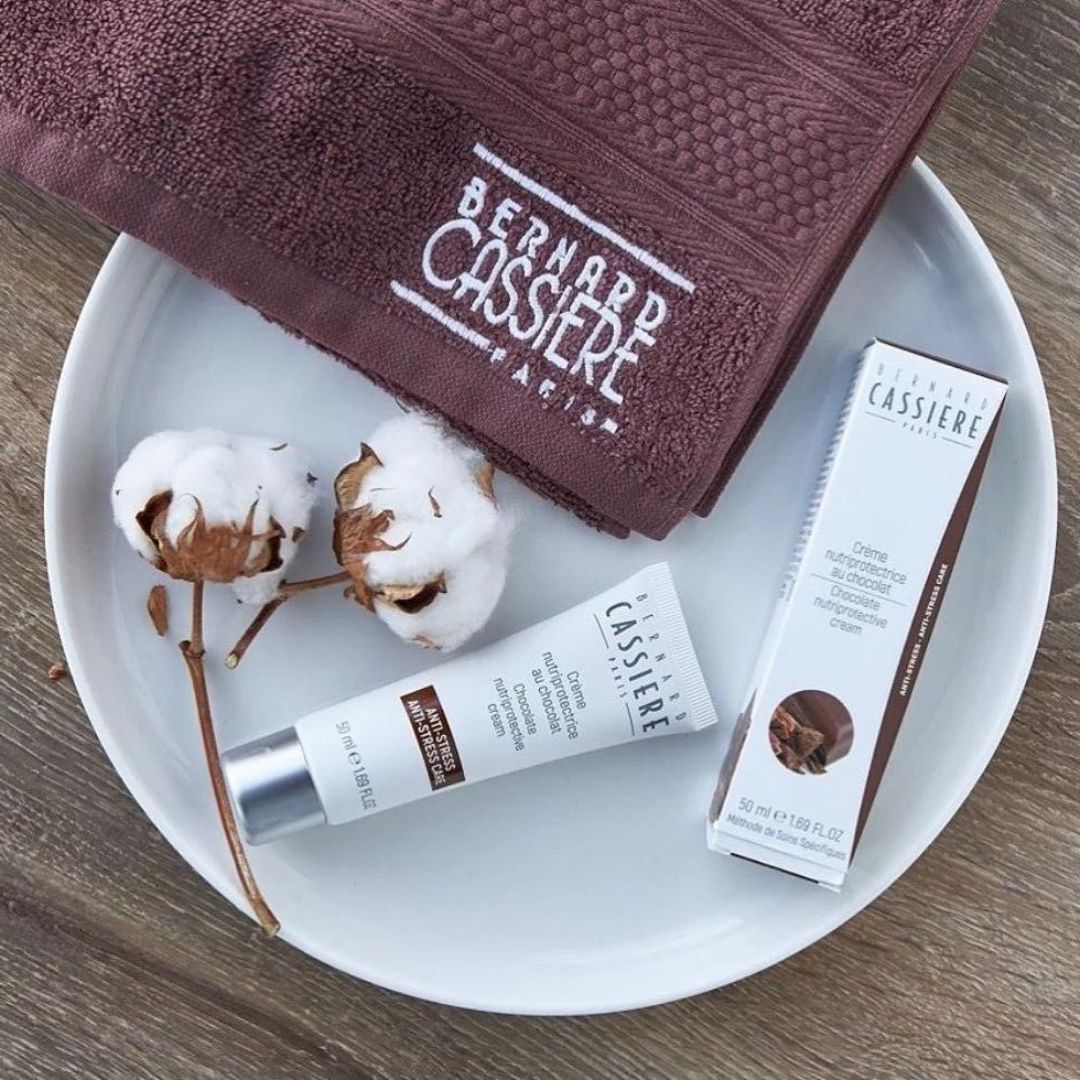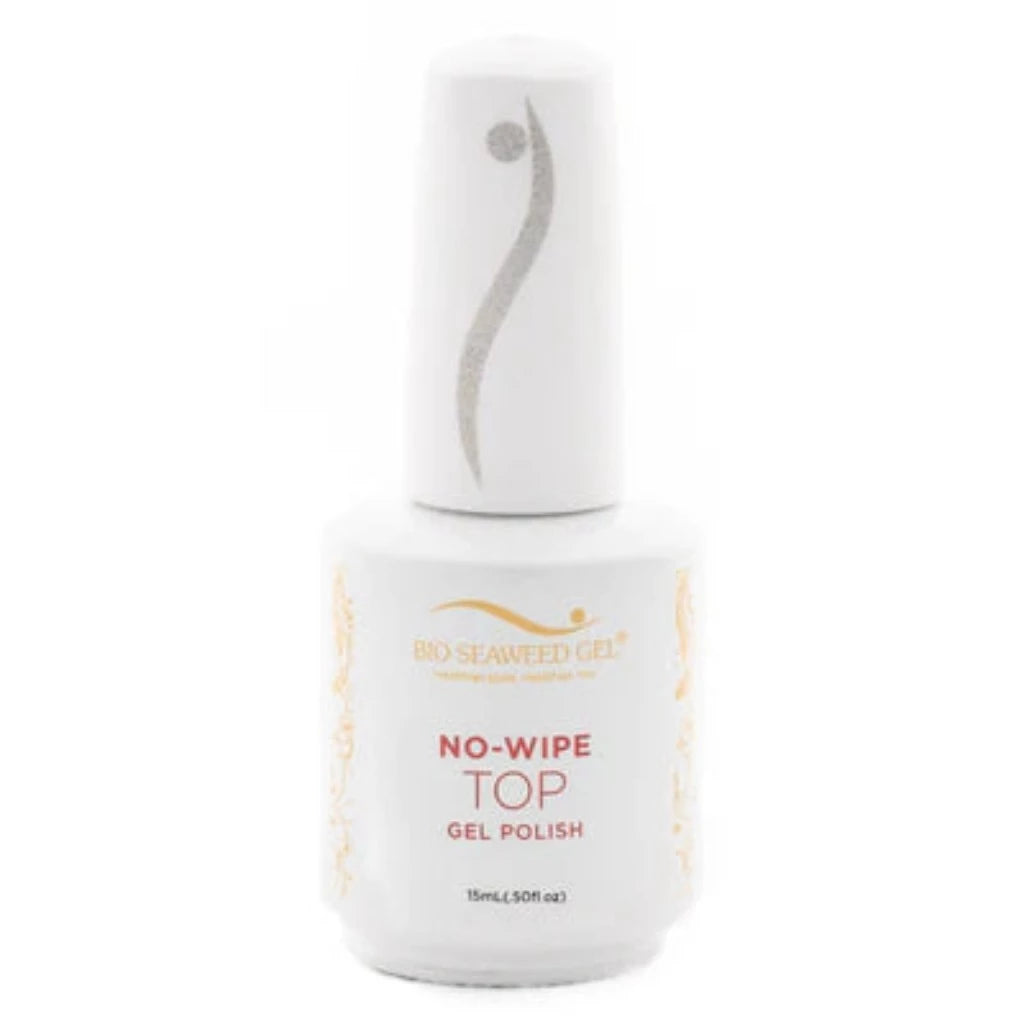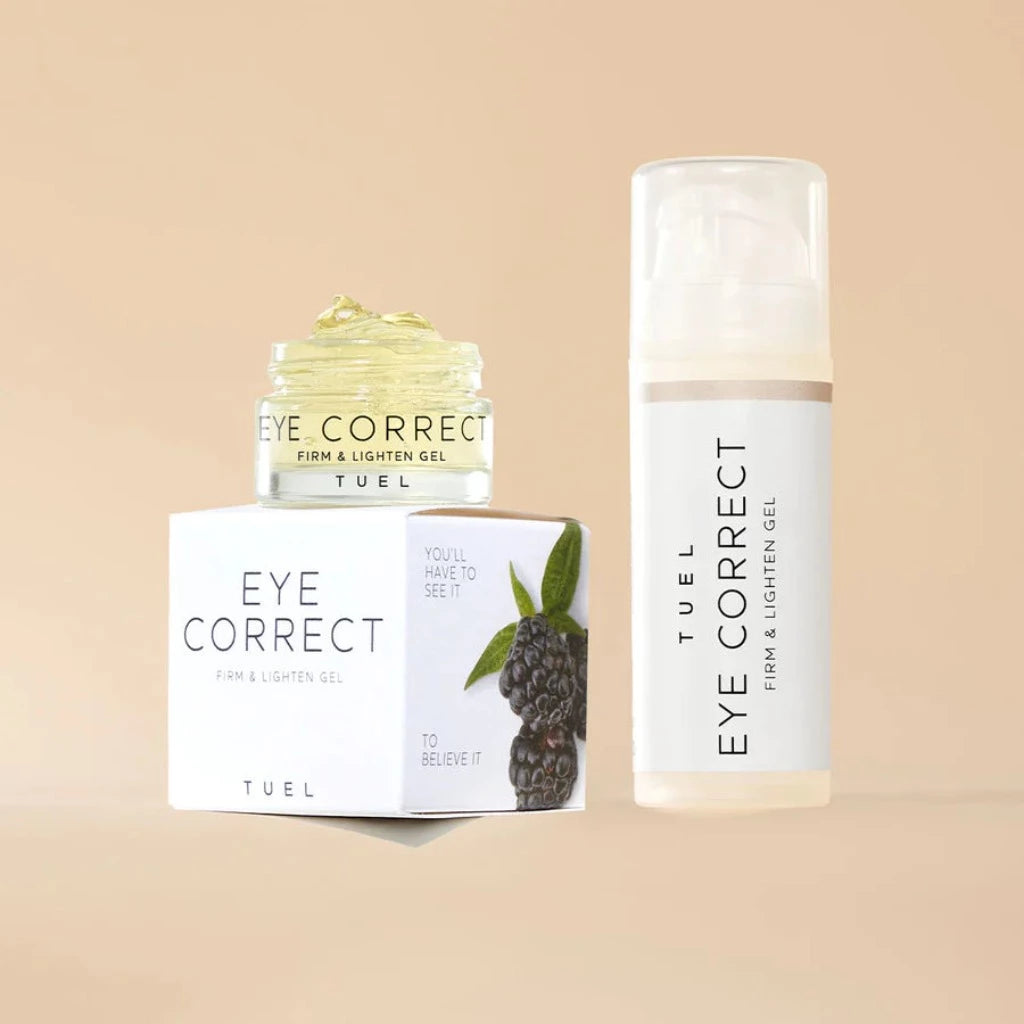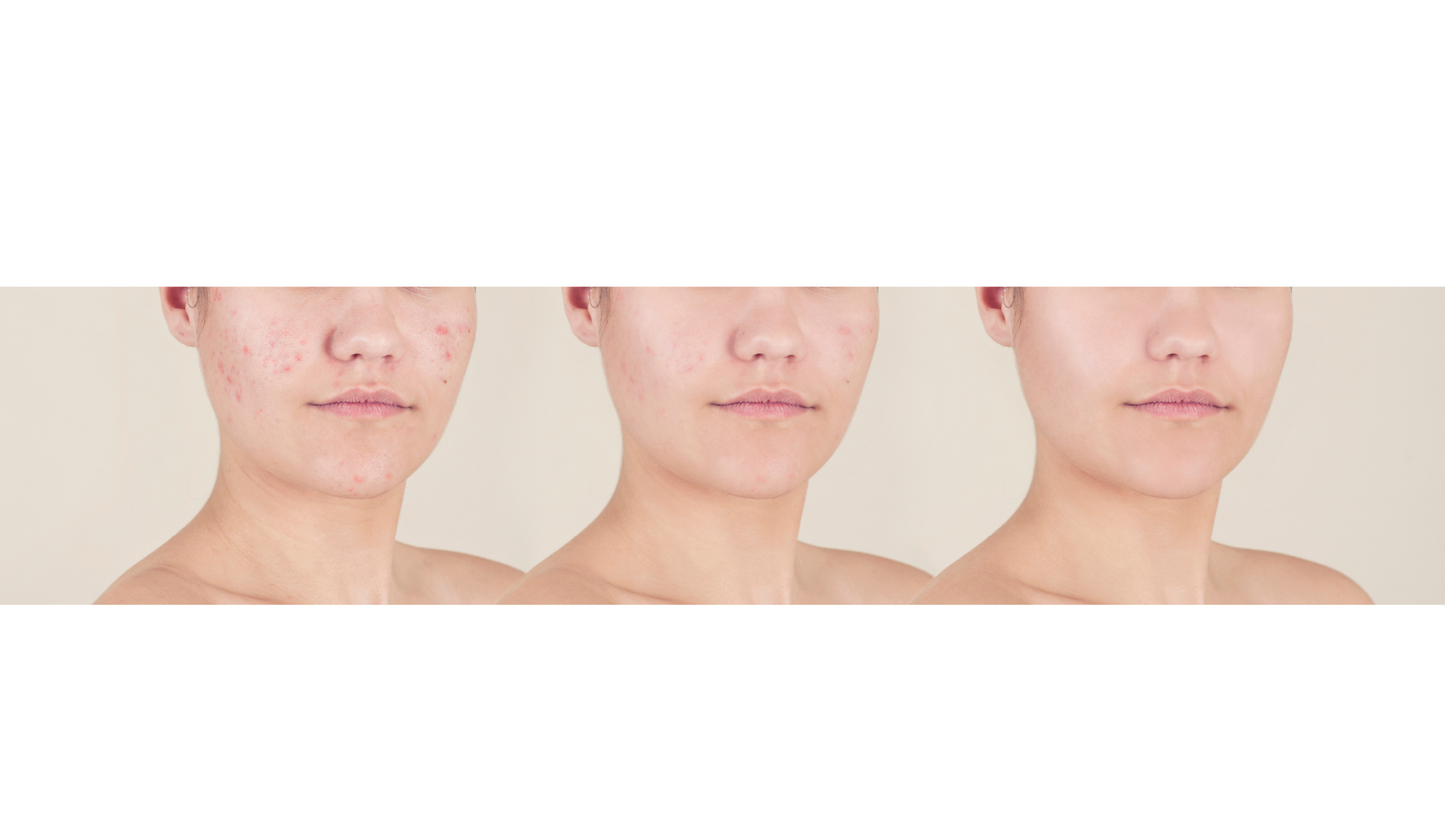
As skin care professionals, the ability to recognize and treat pre-acne skin is one of the most valuable tools we can offer our clients. Acne doesn't develop overnight, it often begins with subtle, early changes beneath the skin's surface.
The more skilled we become at identifying these early indicators, the more effectively we can prevent breakouts, improve client retention, and deliver lasting results.
Understanding Pre-Acne Skin
Pre-acne skin refers to the initial stage of congestion, where the skin shows early signs of imbalance long before inflammation or visible blemishes appear.
These signs are easy to miss if you’re only looking for active breakouts, but crucial for true preventive skin care.
Common Pre-Acne Indicators to Watch For
- Subtle increases in oil production
- Changes in skin texture or tone
- Congestion in high-risk areas (T-zone, jawline)
- Microcomedones (not always visible to the eye)
- Skin appears dull, sluggish, or thicker
- Tightness paired with surface oiliness
This is the critical window where professional intervention can make the difference between clear skin and recurring breakouts.
The Professional Edge: Reading the Skin Beyond the Surface
Beyond the visual examination, experienced estheticians know to track patterns in their clients’ skin over time. Gathering a clear blemish history can reveal:
- Recurring congestion zones (T-zone, cheeks, jawline)
- Hormonal triggers linked to cycle patterns
- Stress-related flare-ups
- Product-related imbalances or comedogenic buildup
- Digestive or lifestyle connections based on face mapping zones
Understanding these patterns allows us to anticipate breakouts and educate clients on prevention, not just correction.
Key Causes to Watch For
Understanding what leads to pre-acne skin helps you tailor your approach:
- Hormonal fluctuations – often create excess sebum and lead to buildup
- Improper product use – over-exfoliation or comedogenic ingredients
- Dehydration – causing overproduction of oil
- Clogged follicles – due to a lack of exfoliation or slow cell turnover
- Lifestyle triggers – like stress, poor sleep, or diet imbalances
Face Mapping & Internal Clues
Many professionals take a holistic approach, recognizing that acne may reflect internal imbalances. For example:
- Forehead breakouts may signal digestive sluggishness
- Jawline flare-ups often point to hormonal shifts
- Cheeks can sometimes show signs of respiratory or inflammatory triggers
This technique, sometimes inspired by traditional Chinese medicine, allows professionals to connect the location of breakouts to potential internal factors.
While not a diagnostic tool, it can offer helpful guidance in customizing both treatment and lifestyle recommendations.
Treatment Strategies for Professionals
Estheticians can offer targeted treatments and guidance to interrupt the breakout cycle at the earliest stage.
An effective pre-acne protocol requires a gentle, corrective approach designed to restore balance without overstimulating the skin. Recommended techniques include:
|
Step |
Treatment Focus |
|
In-Depth Consultation |
Identify breakout patterns, lifestyle triggers, and product history. |
|
Targeted Exfoliation |
Use enzymes or gentle acids to remove buildup and support cell turnover. |
|
Lymphatic Drainage or Facial Massage |
Encourage circulation and detoxification pathways. |
|
LED Light Therapy |
Reduce inflammation, calm the skin, and minimize bacterial activity. |
|
Product Reassessment |
Ensure clients use non-comedogenic, barrier-supportive home care. |
|
Ongoing Monitoring |
Track skin changes over time to adjust treatments proactively. |
Skill Development Tip for Students and New Professionals
If you're still building your hands-on expertise, train your eye to recognize the earliest textural and oil flow changes in the skin.
Use consultation forms, face mapping, and client photography to document progress and establish patterns. The more data you collect, the more confident you'll become in creating proactive, customized care plans.
Client Education: Your Role as a Skin Health Coach
Prevention is only possible when clients understand the early signs of imbalance. Take time to educate your clients about:
- What pre-acne skin looks and feels like
- Why breakouts often link to internal or lifestyle triggers
- The importance of consistency with professional treatments and home care
This positions you as not only a treatment provider but a trusted skin health partner.
Final Thoughts: Preventive Skin Care Builds Trust and Results
Catching acne early isn’t just about avoiding breakouts. It’s about understanding the subtle ways our skin communicates with us.
For estheticians and skincare professionals, recognizing these early warning signs builds confidence in your consultations and treatment planning. For clients, it creates empowerment through education and consistent care.
By paying attention to small texture changes, recurring breakout patterns, and internal factors that influence the skin, we can intervene before congestion becomes inflammation.
With the right techniques, products, and professional guidance, clear, healthy skin becomes more than just a short-term goal. It becomes an achievable, lasting result.
Early action leads to better outcomes for both skin and client satisfaction.
Want to sharpen your skills in early acne detection and prevention?
Our advanced workshops and training sessions are designed to help beauty professionals and students confidently address skin concerns before they escalate.
Connect with us to learn more or reserve your spot in an upcoming session.
